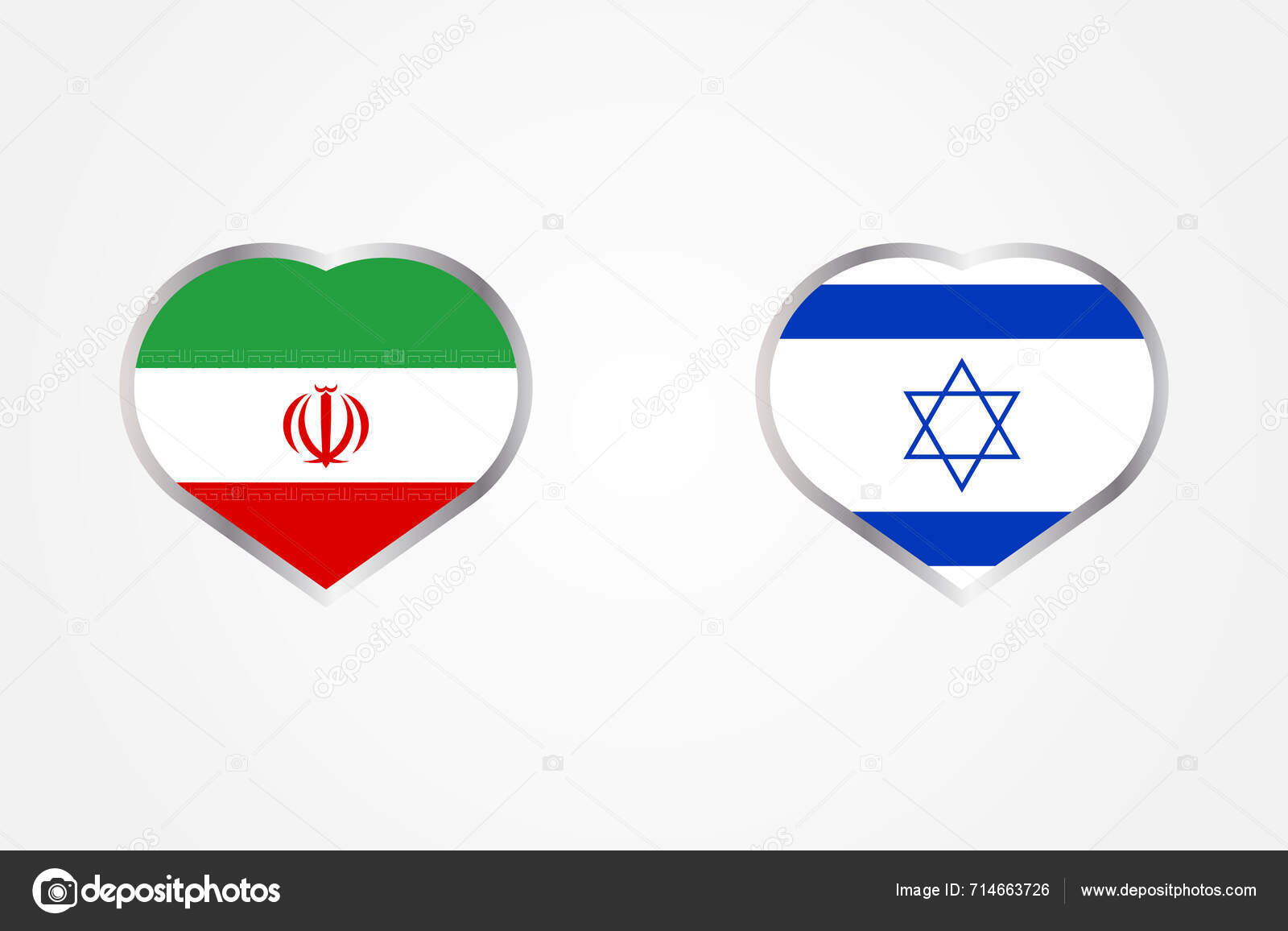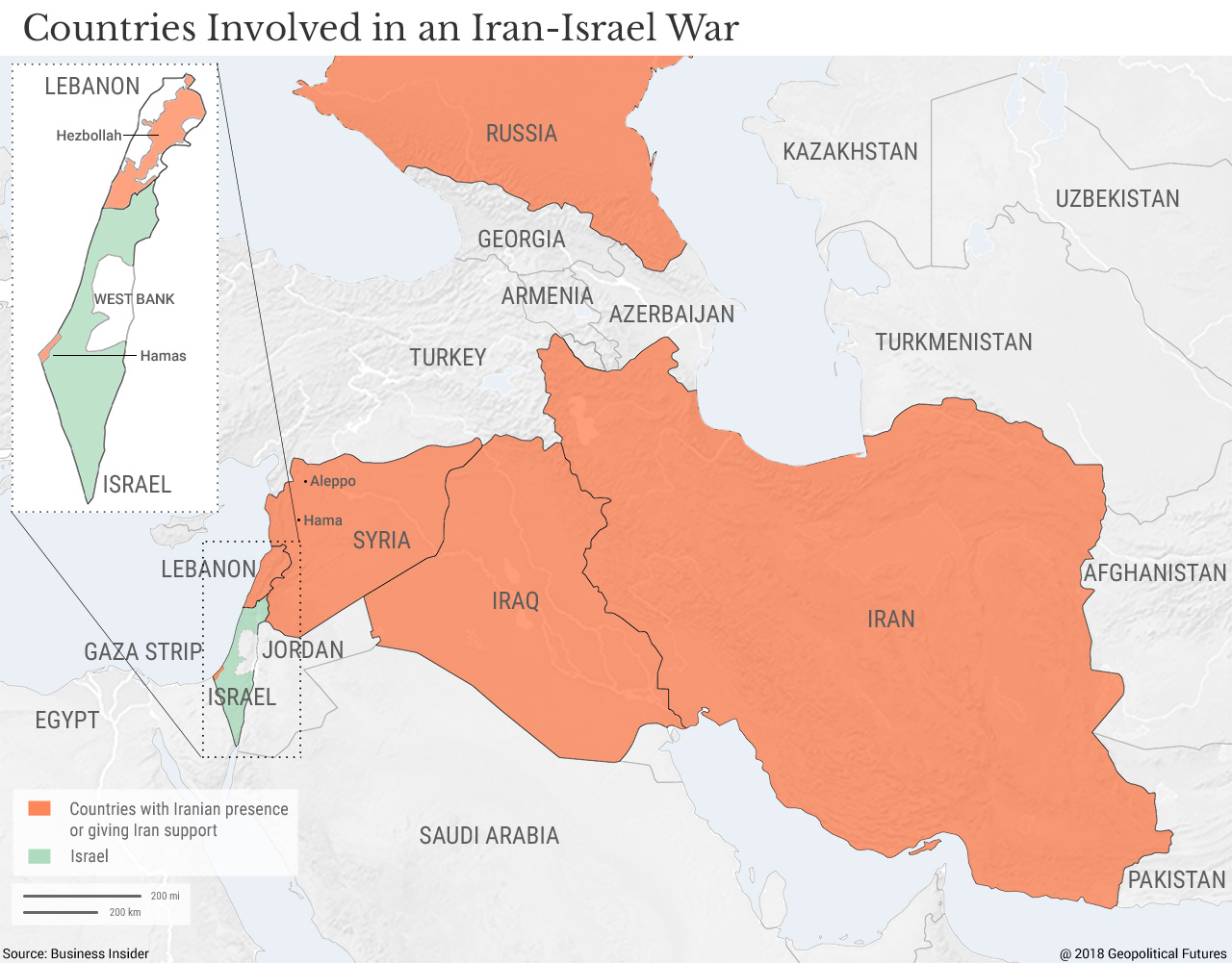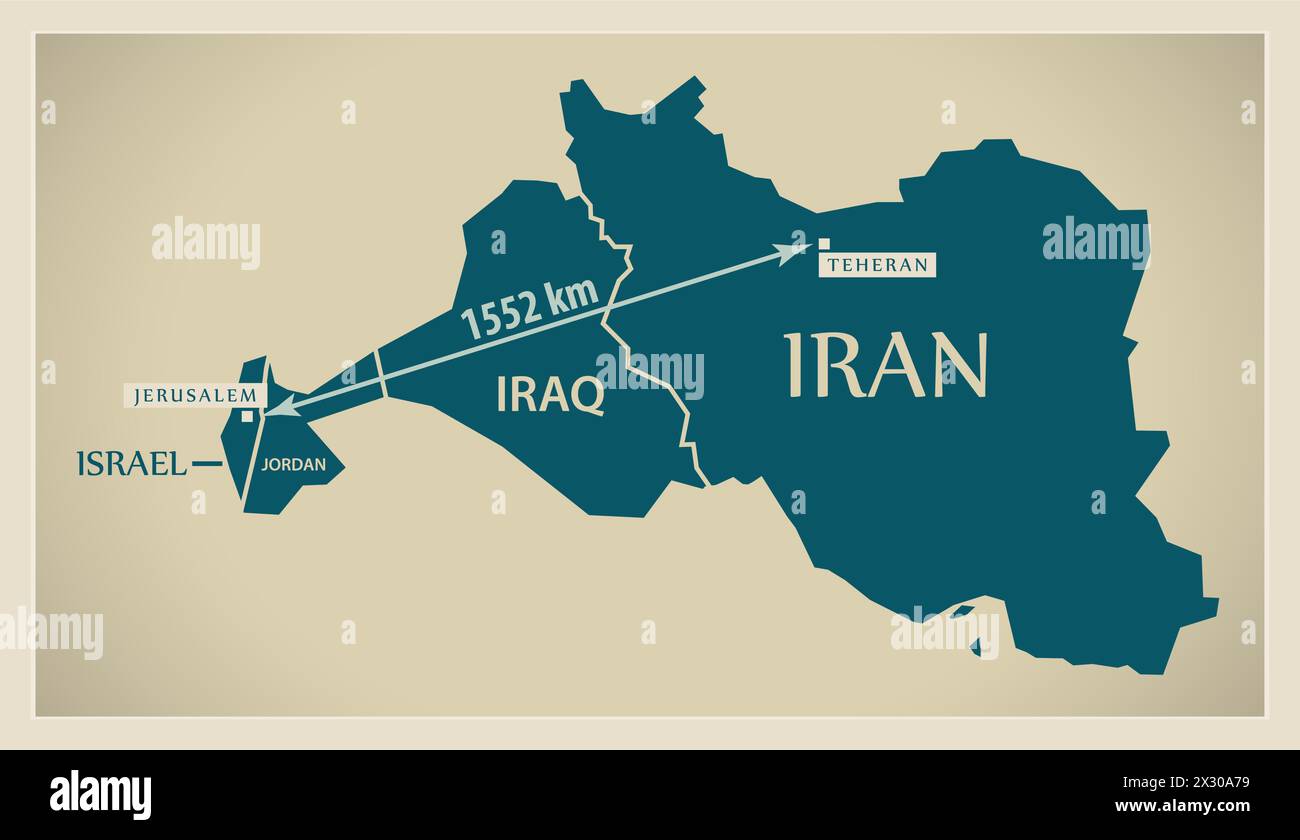Iran To Israel: Unpacking The Kilometers Between Two Nations
The geographical distance between Iran and Israel is a topic that frequently surfaces in discussions about Middle Eastern geopolitics, regional stability, and international relations. While seemingly a straightforward query about kilometers, understanding the actual "distance Iran to Israel kilometers" involves more than just drawing a straight line on a map. It encompasses various methods of measurement, the complexities of regional geography, and the profound geopolitical implications that transform a simple numerical value into a point of significant strategic interest. This article delves into the precise measurements, the tools that provide them, and the broader context that makes this particular distance so compelling for analysts, policymakers, and curious minds alike.
In an era where information is instantly accessible, tools like advanced distance calculators have revolutionized our ability to pinpoint exact measurements between any two points on Earth. These sophisticated platforms, often utilizing satellite data and complex algorithms, can quickly determine the shortest possible route, whether it's an "as the crow flies" measurement or a more intricate land or sea journey. By exploring these technological capabilities, we can gain a clearer picture of the physical separation between these two influential nations, moving beyond speculation to factual data.
Table of Contents
- Understanding Geographical Distance: More Than Just a Number
- The Direct Air Distance: Iran to Israel Kilometers
- The Complexities of Land and Sea Routes
- Historical Context and Geopolitical Implications of the Distance
- The Role of Airspace and Flight Paths
- Beyond Kilometers: Cultural and Economic Distances
- Why Understanding This Distance Matters
Understanding Geographical Distance: More Than Just a Number
When we talk about the "distance Iran to Israel kilometers," it's crucial to define what kind of distance we're referring to. There are generally three primary ways to measure the separation between two geographical points: the straight-line distance (also known as "as the crow flies" or air line distance), land route distance, and sea route distance. Each method yields a different numerical value and carries distinct implications.
The "as the crow flies" distance is the shortest possible measurement, representing a direct line through the air, ignoring any geographical obstacles or political boundaries. This is the measurement typically provided by advanced online distance calculators. For instance, with tools like `distance.to`, you can "simply enter any desired location into the search function and you will get the shortest" distance. This method is invaluable for understanding the theoretical minimum separation and is often used in strategic planning or for calculating potential flight paths if airspace were unrestricted.
Land route distance, on the other hand, accounts for roads, terrain, and international borders, making it significantly longer and more complex. It involves traversing multiple countries and navigating diverse landscapes, from deserts to mountain ranges. Similarly, sea route distance involves maritime paths, which are influenced by coastlines, international waters, and potential choke points. For the specific query of "distance Iran to Israel kilometers," the air line distance is the most commonly sought and directly measurable figure, offering a baseline understanding of their geographical proximity.
The Direct Air Distance: Iran to Israel Kilometers
To pinpoint the direct air distance, we rely on sophisticated mapping and distance calculation tools. When you input "Tehran" (Iran's capital) and "Jerusalem" (Israel's capital) or other major cities like "Tel Aviv" into a global distance calculator, the approximate "as the crow flies" distance consistently falls within a specific range. While exact figures can vary slightly depending on the precise coordinates used (e.g., city center to city center, or specific airports), the general consensus places the direct air distance between Iran and Israel at approximately 1,500 to 1,600 kilometers (around 930 to 1,000 miles). This figure represents the shortest possible path if one could fly unimpeded directly from one point to the other.
This "distance Iran to Israel kilometers" figure is a crucial reference point. For example, a commercial jet flying at typical cruising speeds (around 800-900 km/h) could theoretically cover this distance in less than two hours, assuming a direct, unimpeded flight path. However, as we will explore, real-world travel between these two nations is far from straightforward due to geopolitical realities and the absence of direct diplomatic or travel ties.
How Distance Calculators Pinpoint Locations
The precision offered by modern distance calculators, such as `distance.to`, is truly remarkable. "Le célèbre calculateur de distance permet de déterminer la distance en kilomètres qui sépare deux lieux et coordonnées." These tools leverage vast databases of geographical coordinates, satellite imagery, and advanced algorithms to provide instant, accurate measurements. When you "simply enter any desired location into the search function and you will get the shortest distance (fugleflugtslinje)" – a direct translation of "as the crow flies" from Danish, highlighting the global nature of these tools.
Beyond just a numerical output, these platforms often "fournit aussi un planificateur d'itinéraire, des cartes interactives et des" additional features. This means they can not only tell you the direct distance but also visualize it on a map, showing the route, and sometimes even estimate travel duration for various modes of transport. This comprehensive approach makes them invaluable for a wide range of applications, from logistics planning to academic research. "Met de afstandscalculator distance.to kun je gemakkelijk de afstand bepalen tussen wereldwijde locaties," underscoring their universal utility.
The Complexities of Land and Sea Routes
While the direct air distance provides a theoretical minimum, the practical reality of traveling between Iran and Israel by land or sea is vastly different. There are no direct land borders, and the geopolitical landscape makes direct travel routes virtually impossible. A land journey would necessitate traversing multiple countries, including Iraq, Syria, and potentially Jordan, depending on the chosen path. Each of these nations presents its own set of political, security, and logistical challenges, making a continuous overland journey highly improbable for most individuals or commercial purposes.
The land distance would easily stretch into several thousands of kilometers, far exceeding the direct air measurement. For instance, a hypothetical route from Tehran to Jerusalem might involve navigating through the challenging terrain of Iraq, which itself is a vast country. Even if political barriers were absent, the sheer geographical distance and the time required for such a journey would be substantial, potentially taking days or even weeks by road. This stark contrast highlights why the "distance Iran to Israel kilometers" is almost exclusively discussed in terms of air travel or theoretical direct lines, rather than practical ground routes.
Navigating Regional Geography
The Middle East is a region characterized by diverse geography, including vast deserts, mountain ranges, and significant waterways. Between Iran and Israel lie countries like Iraq, Syria, and Jordan. Iran itself is a large country with a significant portion of its western border adjacent to Iraq. From Iraq, one would need to cross Syria or Jordan to reach Israel. The Syrian Desert, for example, presents a formidable natural barrier, while the political instability and conflict in parts of Syria further complicate any potential overland passage.
The topography and political divisions mean that any ground-based journey would be circuitous and fraught with difficulties. There are no established, safe, or legal direct land corridors between the two nations. This geographical and political fragmentation is a key factor in why the "distance Iran to Israel kilometers" is not a measure of practical travel, but rather a strategic calculation.
Historical Context and Geopolitical Implications of the Distance
The "distance Iran to Israel kilometers" is not merely a geographical fact; it's a critical element in the geopolitical calculus of the Middle East. The relationship between Iran and Israel has been marked by decades of animosity, proxy conflicts, and strategic competition. In this context, the physical distance, while significant, is often viewed through the lens of military capabilities, strategic reach, and potential for escalation.
For military strategists, understanding this distance is paramount for assessing capabilities such as missile ranges, air superiority, and logistical challenges. The approximately 1,500-1,600 km separation means that both nations possess the theoretical ability to reach each other with certain types of long-range weaponry, making the distance a constant factor in defense planning and deterrence strategies. This strategic dimension elevates the simple numerical value of "distance Iran to Israel kilometers" to a matter of national security and regional stability.
Furthermore, the absence of direct diplomatic ties and the presence of hostile rhetoric mean that this geographical separation is amplified by a vast political and ideological chasm. The distance, in this sense, represents not just physical space but also the immense political gulf that separates the two states, influencing everything from international alliances to economic sanctions and regional conflicts.
The Role of Airspace and Flight Paths
Even for air travel, the "as the crow flies" distance between Iran and Israel is a theoretical ideal. In reality, international flight paths are dictated by a complex web of national airspaces, air traffic control regulations, and political considerations. Due to the strained relations, direct flights between Iran and Israel are non-existent. Any air travel between the two regions would involve significant detours, flying over third-party countries and avoiding restricted or hostile airspaces.
This means that while the direct "distance Iran to Israel kilometers" is around 1,500-1,600 km, the actual flight distance for any journey that would hypothetically connect the two would be considerably longer, perhaps doubling or even tripling that figure. This is similar to how a flight from London to Singapore, while having a direct line, must follow specific air corridors, or how a flight from Australia to USA involves vast oceanic crossings and designated routes. The concept of "flight distances" as provided by global calculators takes these practicalities into account, offering a more realistic travel time and fuel consumption estimate for actual air journeys, even if not directly between the two nations in question.
Advanced Mapping and Route Planning Tools
The modern world benefits immensely from advanced mapping and route planning tools that go far beyond simple distance calculations. These platforms are "worldwide distance calculator[s] with air line, route planner, travel duration and flight distances." They are designed to provide comprehensive insights into geographical relationships. For example, such a tool "shows the distance in kilometres between Tehran and Israel and displays the route on an interactive map," allowing users to visualize the direct path and understand the intervening geography.
These tools are not limited to just two points; they can "shows the distance from Tokyo to the North Pole, equator, South Pole and any place in the world," illustrating their global reach and versatility. They "includes air line, route, centre, route planner, flight route and interactive map," providing a multi-faceted view of distances and travel possibilities. This technological prowess ensures that accurate data on "distance Iran to Israel kilometers" is readily available, allowing for informed discussions and analyses.
Beyond Kilometers: Cultural and Economic Distances
While the physical "distance Iran to Israel kilometers" is a measurable quantity, it's important to acknowledge that distance can also be metaphorical. The cultural, historical, and economic "distances" between Iran and Israel are arguably even more profound than their geographical separation. Decades of divergent political trajectories, differing ideological frameworks, and a lack of direct engagement have created deep rifts.
Culturally, despite both being ancient civilizations in the Middle East, their societies have evolved along distinct paths, influenced by different religious interpretations, political systems, and international alignments. Economically, trade between the two is non-existent, and their economic systems operate in entirely separate spheres, often in opposition. This multi-dimensional "distance" highlights that while technology can shrink physical space, bridging ideological and political divides requires far more than just accurate mapping.
Why Understanding This Distance Matters
Understanding the "distance Iran to Israel kilometers" is crucial for several reasons. Firstly, it provides a factual basis for geopolitical discussions, preventing speculation and misrepresentation. Accurate geographical data is the foundation for any serious analysis of military capabilities, strategic deterrence, and regional power dynamics. Secondly, for those interested in international relations or Middle Eastern studies, this specific distance is a recurring theme that helps contextualize historical events and ongoing developments.
Furthermore, the availability of precise distance calculators like `distance.to` empowers anyone to verify geographical facts independently. "Con il calcolatore di distanza distance.to puoi facilmente determinare la distanza chilometriche tra luoghi in tutto il mondo," making such information universally accessible. This transparency is vital in an age where misinformation can easily spread. Knowing the true physical separation helps in understanding the logistical realities and the strategic challenges faced by nations in the region.
The Future of Geographical Connectivity
In a world increasingly connected by technology, physical distance often seems to matter less. Communication is instantaneous, and virtual interactions transcend borders. However, for geopolitical realities, the "distance Iran to Israel kilometers" remains a tangible and significant factor. While technology continues to advance, making distance calculations more precise and travel potentially faster, the fundamental challenges of political and ideological divides persist.
The future of connectivity between these two nations, therefore, depends less on technological breakthroughs in travel and more on diplomatic progress and a willingness to bridge the vast non-physical distances that separate them. Accurate geographical data will always be a starting point for understanding, but true rapprochement requires a different kind of journey.
Conclusion
The "distance Iran to Israel kilometers" is a precise geographical measurement, typically ranging from 1,500 to 1,600 kilometers when measured as a direct air line. This figure, easily verifiable using advanced online tools like `distance.to`, represents the shortest possible separation between the two nations. However, as we've explored, this numerical value is just one facet of a much larger, more complex reality. The absence of direct land or sea routes, coupled with profound geopolitical and ideological divides, transforms a simple geographical fact into a cornerstone of Middle Eastern strategic analysis.
Understanding this physical distance, alongside its historical and political implications, is essential for anyone seeking to grasp the dynamics of the region. Modern distance calculators provide invaluable clarity, allowing us to accurately map the world and its relationships. We encourage you to utilize these tools to explore other fascinating geographical relationships and deepen your understanding of our interconnected world. What other distances do you find intriguing? Share your thoughts and questions in the comments below, and consider exploring more of our articles on geographical insights and their global impact.

Iran Israel War Israel Iran Hearts Concept Flags Iran Israel Stock

Israel and Iran Prepare for Conflict - Geopolitical Futures

Modern Map - Distance between Jerusalem ISRAEL and Teheran IRAN Stock